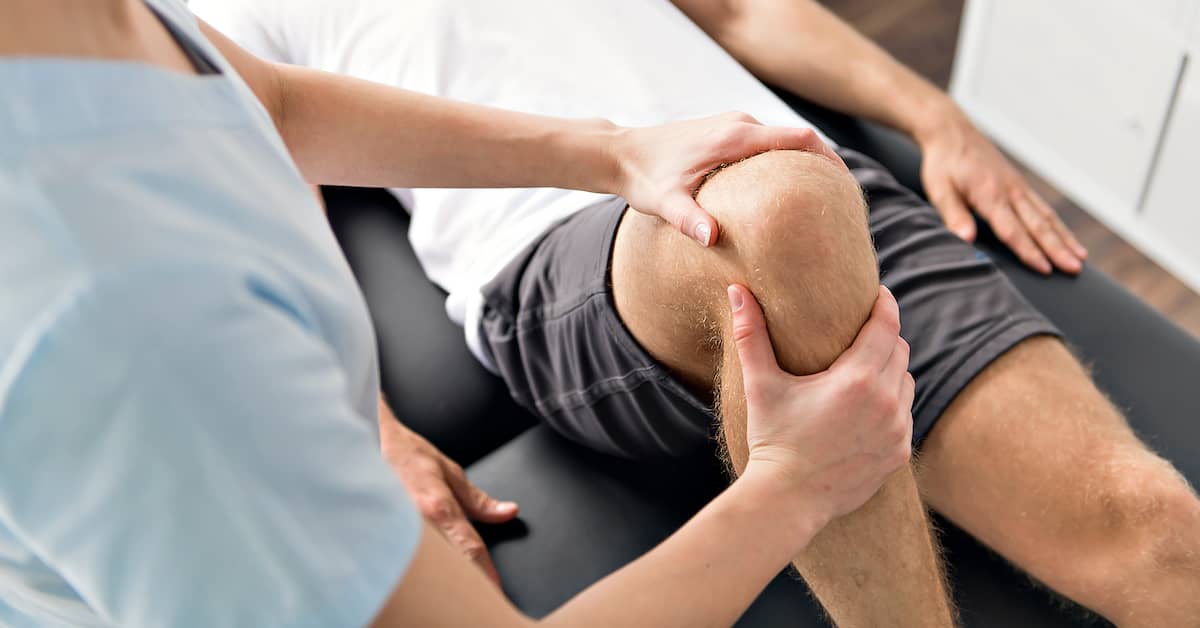Learn About Frequent Athletic Ailments and Effective Recovery Strategies for Sports Players
Learn About Frequent Athletic Ailments and Effective Recovery Strategies for Sports Players
Blog Article
Athletic traumas are common among athletes of all ages and proficiency levels. These injuries can occur in various forms, including ligament injuries, muscle injuries, fractures, and tendonitis. Comprehending the types of injuries that can occur during athletic activities is essential for both avoiding and care. Sprains, for instance, entail the stretching or tearing of ligaments, which link bones at a joint. Strains, on the other hand, impact muscles or tendon structures, which attach muscles to skeletal structures. Identifying these injuries early can assist athletes seek appropriate care and come back to their sport more quickly.
One of the frequently frequently seen traumas in sports is the ankle ligament injury. This trauma often occurs when an athlete touches down awkwardly or twists their foot during a match. Symptoms of an ankle ligament injury include pain, swelling, and trouble moving. Prompt treatment typically includes the R.I.C.E. method, which stands for Rest, Cooling, Compression, and Lifting. This approach helps minimize swelling and discomfort. In severe severe situations, rehabilitative therapy may be necessary to regain strength and mobility to the foot before going back to sports.
Another common trauma is a muscle injury, which can occur in any athletic activity that requires quick movements or heavy weight-bearing. Sportspeople may experience a muscular strain when they extend a muscle too far or when they apply too much effort. Symptoms include acute pain, swelling, and muscular spasms. Recovery for muscle injuries often entails light stretching and conditioning exercises. Slowly raising activity levels is vital to prevent recurrence. Athletes should collaborate closely with a physical therapist to create a safe and effective recovery plan.
Tendonitis is another trauma that can impact sportspeople, particularly those who participate in frequent movements, such as runners or swimmers. This condition occurs when a tendon, which links muscle to bone, becomes swollen. Frequent locations involved by tendonitis include the elbow, shoulder, and leg. Signs often include discomfort and stiffness, especially during movement. try this out Treatment for tendonitis usually involves rest, ice, and anti-inflammatory drugs. In certain situations, physical therapy may be suggested to enhance mobility and strength in the affected region.
Preventing athletic traumas is just as crucial as addressing them. Athletes can reduce their chance of trauma by heating up properly before activities, using the right gear, and keeping good physical condition. Power conditioning and flexibility exercises can assist ready the body for the demands of athletics. Additionally, sportspeople should pay attention to their physical condition and take breaks when necessary. By comprehending frequent athletic traumas and applying effective rehabilitation plans, sportspeople can stay healthy and enjoy their favorite athletic activities for a long time to follow.